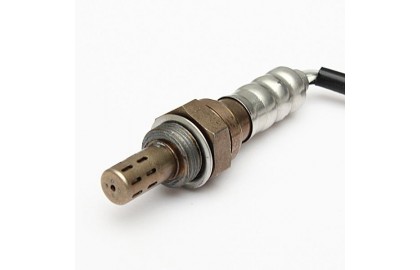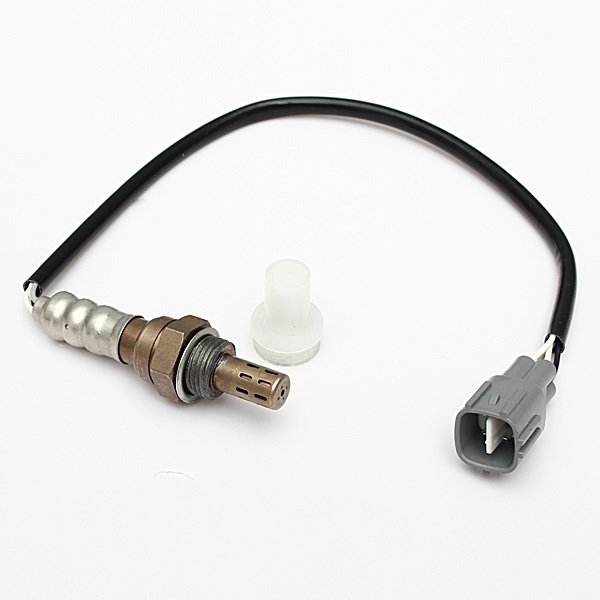Attention! Keep your vehicle in good condition with Elecdeer Oxygen Sensor!


Is there a mileage or time required to replace a car oxygen sensor? Simple answer: no. Under proper normal and correct car maintenance, the car oxygen sensor should be a maintenance-free emission system component.
Automotive oxygen sensors were first used for fuel trim and emissions in the late 1970s and mid-1990s. A single sensor is installed in the exhaust stream to modify fuel delivery and maintain the efficiency of the catalytic converter. From January 1, 1996, OBD II became a global requirement. Oxygen sensors before and after the catalytic converter are part of these requirements. A pre-catalytic oxygen sensor is used for fuel trim, and a post-catalytic oxygen sensor is used to monitor converter efficiency.
Understanding how an automotive oxygen sensor works and the composition of the exhaust gas that flows through the sensor and through the catalytic converter can help determine when to replace it and prevent future problems.
Today's cars consist of advanced technological systems that rely on information from a variety of sensors to determine optimal conditions for engine performance, fuel efficiency, and various other important aspects of the car. A very important component that helps determine engine performance is the oxygen sensor. An oxygen sensor serves several purposes for the operation of your car. In this article, we'll cover the basic functions of an oxygen sensor, why it's important to your car's performance, and what you can do to maintain components or address failure and wear.
What is the main function of the car oxygen sensor?
An automotive oxygen sensor is a critical component in any automotive exhaust system. Its main purpose is to determine the composition of a car's exhaust or emissions and pass the information to the car's onboard computer for optimum engine performance. Your car needs to be properly tuned with the optimal fuel-to-oxygen ratio for combustion, and oxygen sensors play an important role in the effectiveness of this task. Oxygen sensors that start to fail can produce symptoms that primarily affect the exhaust system and engine timing. It's critical to understand what oxygen sensors do to your car so you can be prepared for what to do with oxygen sensor problems should they arise.
Simply put, a car oxygen sensor helps regulate the air-fuel ratio of a car's engine. Every explosion in a car's combustion chamber is caused by the ignition of air and fuel. When the ratio of air and fuel entering these chambers is kept optimal, your car will run and idle normally. However, when too much fuel is drawn in, it means the system is running "rich" and your car's performance will suffer. The same is true when too little fuel is ingested, also known as "fuel starvation."
Therefore, you have at least two oxygen sensors installed in your car: an upstream sensor and a downstream sensor. They work basically the same way: they sense the amount of unburned oxygen at different points in the exhaust system and emit a voltage corresponding to that amount. The emitted voltage determines the level of fuel entering the combustion chamber. If your system is running lean, the oxygen sensors will signal more fuel; if it's running rich, they'll signal less. It's amazing how this process keeps happening when you're driving! The point of all of this is to keep your air-fuel ratio at the optimum level for your car at all times.
Replace your Oxygen Senser now HERE
